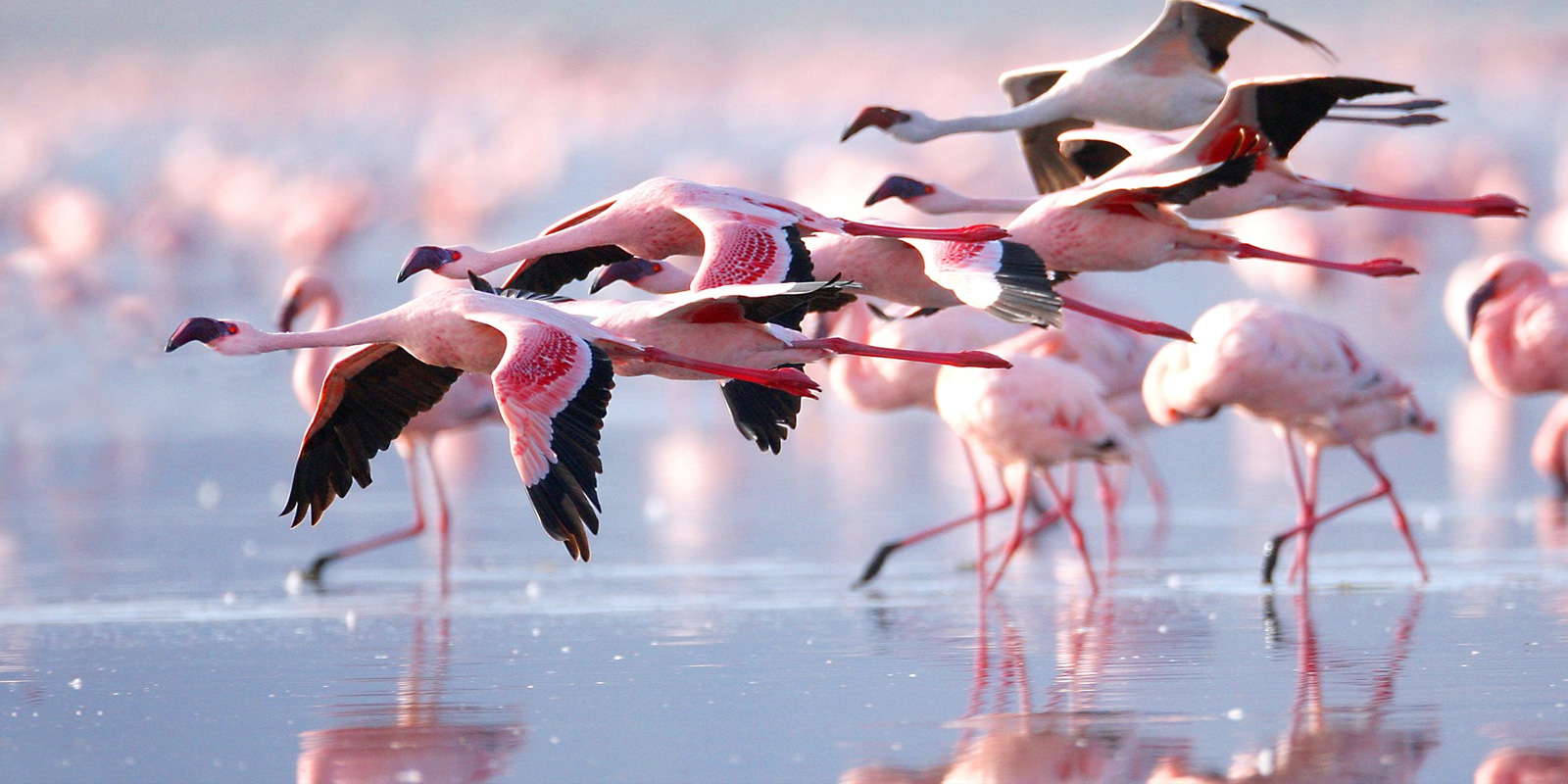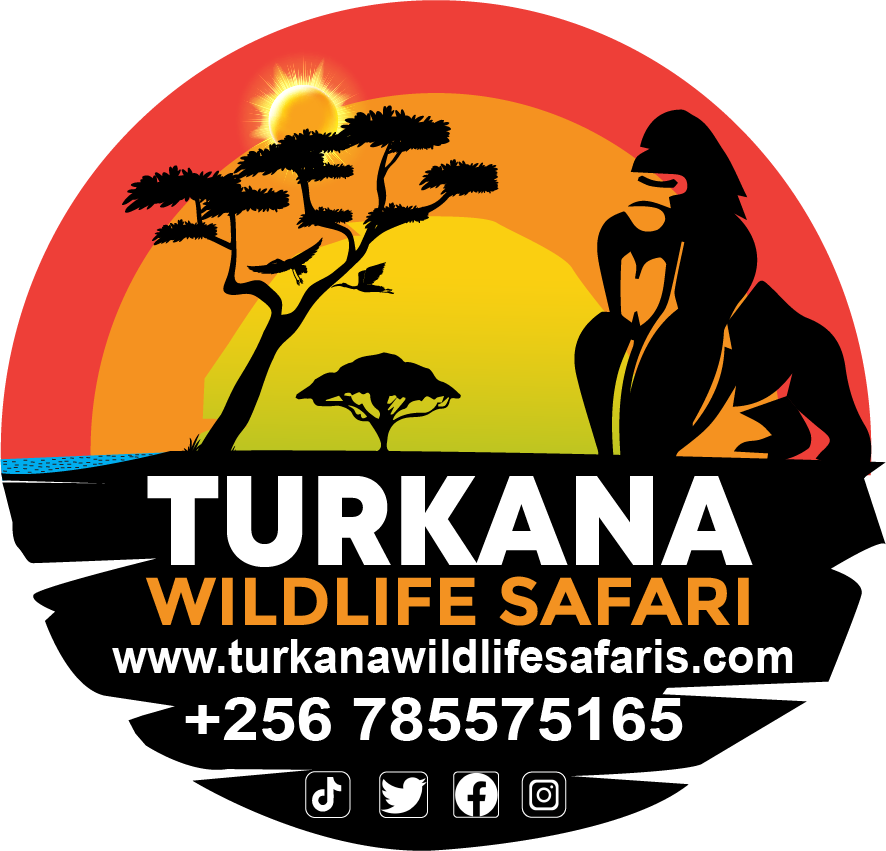
Kenya Flamingo Viewing
Kenya Flamingo Viewing
Kenya Flamingo Viewing: A Spectacular Safari Experience in the Great Rift Valley
Kenya, a land of breathtaking landscapes and vibrant biodiversity, offers one of the most mesmerizing natural spectacles on the planet — the mass congregation of flamingos. These elegant birds, with their vivid pink hues and synchronized movements, transform the alkaline lakes of the Great Rift Valley into living canvases. Whether you’re a seasoned wildlife enthusiast or a curious traveler, flamingo viewing in Kenya is an unforgettable experience.
In this comprehensive guide, we’ll explore the best locations, optimal viewing seasons, ecological significance, and how to plan the perfect flamingo safari with trusted operators like Turkana Wildlife Safaris.
Introduction to Flamingos in Kenya
Kenya is home to two main species of flamingos:
- Lesser Flamingo (Phoeniconaias minor) – Recognized by their deep pink color and black-tipped bills.
- Greater Flamingo (Phoenicopterus roseus) – Larger in size with pale pink plumage and a more curved bill.
These birds thrive in Kenya’s soda lakes, where the high alkalinity supports the growth of cyanobacteria and algae — their primary food source. The Great Rift Valley provides the perfect habitat for these birds, making Kenya a global hotspot for flamingo viewing.
Best Places for Flamingo Viewing
1. Lake Nakuru National Park
Perhaps the most famous flamingo destination in the world, Lake Nakuru is often referred to as the “pink lake” due to the sheer number of flamingos that gather here. The lake’s alkaline waters are ideal for the growth of Spirulina algae, attracting millions of lesser flamingos.
Highlights:
- Massive flamingo flocks
- White rhinos and Rothschild giraffes
- Excellent photography opportunities
2. Lake Bogoria
Lake Bogoria is a lesser-known gem but arguably offers the most dramatic flamingo displays. The lake’s geothermal activity and high salinity make it a magnet for flamingos, especially when other lakes experience water level changes.
Why Visit:
- Hot springs and geysers
- Dense flamingo populations
- Fewer tourists, more serene
3. Lake Elementaita
A UNESCO World Heritage Site, Lake Elementaita is a breeding ground for flamingos and pelicans. It’s quieter than Nakuru and Bogoria, making it ideal for tranquil birdwatching.
Key Features:
- Nesting sites for flamingos
- Spectacular sunrise views
- Luxury eco-lodges nearby
4. Lake Magadi
Located in southern Kenya, Lake Magadi is a soda lake surrounded by volcanic hills. It’s a lesser-visited site, but its stark beauty and flamingo presence make it worth the trip.
When to Visit for Peak Flamingo Sightings
Timing is crucial for the best flamingo viewing experience. While flamingos can be seen year-round, their numbers and locations vary based on rainfall and water levels.
Best Months:
- January to March – Dry season; ideal for photography and accessibility.
- June to August – Cooler months; flamingos often move to Lake Bogoria.
- October to December – Breeding season; vibrant displays in multiple lakes.
Tips:
- Check with local tour operators like Turkana Wildlife Safaris for real-time updates on flamingo movements.
- Avoid heavy rains (April-May), as some roads may become impassable.
Ecological Importance of Flamingos
Flamingos are not just a visual delight — they play a vital role in the ecosystem.
Ecological Roles:
- Algae Control: By feeding on cyanobacteria, flamingos help maintain ecological balance in soda lakes.
- Bioindicators: Their presence indicates healthy saline lake systems.
- Nutrient Cycling: Their droppings enrich the lake environment, supporting other species.
Planning Your Flamingo Safari
A well-planned safari ensures a fulfilling and safe experience. Here’s how to organize the ultimate flamingo-viewing adventure.
Choose the Right Tour Operator
Partnering with a reputable safari company like Turkana Wildlife Safaris guarantees:
- Expert guides with ornithological knowledge
- Customizable itineraries
- Comfortable accommodations near flamingo hotspots
What to Pack
- Binoculars and a zoom lens
- Lightweight clothing and sun protection
- Reusable water bottle
- Field guide for bird identification
Sample Itinerary
Day 1: Arrival in Nairobi → Transfer to Lake Nakuru
Day 2: Full-day flamingo viewing and game drive
Day 3: Drive to Lake Bogoria → Hot springs tour
Day 4: Return to Nairobi or continue to Lake Elementaita
Photography Tips for Flamingo Watching
Capturing the beauty of flamingos requires patience and the right gear.
Recommended Equipment:
- DSLR or mirrorless camera with 300mm+ lens
- Tripod or monopod for stability
- Polarizing filter to reduce glare
Best Practices:
- Shoot during golden hours (early morning or late afternoon)
- Use a fast shutter speed to freeze motion
- Focus on group formations for dramatic effect
Conservation Efforts and Challenges
Despite their resilience, flamingos face numerous threats.
Major Threats:
- Habitat Loss: Urbanization and agriculture encroach on lake ecosystems.
- Pollution: Industrial waste and plastic pollution affect water quality.
- Climate Change: Altered rainfall patterns disrupt breeding and feeding.
Conservation Initiatives:
- Protected areas like Lake Nakuru National Park
- Community-based ecotourism supported by Turkana Wildlife Safaris
- Research and monitoring programs by ornithological societies
Frequently Asked Questions
1. When is the best time to see flamingos in Kenya?
The best time is during the dry seasons: January–March and June–August. For real-time updates, consult Turkana Wildlife Safaris.
2. Which lake has the most flamingos?
Lake Bogoria often hosts the largest flocks, especially when other lakes have high water levels.
3. Are there guided flamingo tours available?
Yes, Turkana Wildlife Safaris offers expertly guided tours tailored for birdwatchers and photographers.
4. Can I combine flamingo viewing with other wildlife experiences?
Absolutely. Lakes like Nakuru and Elementaita are within national parks or conservancies, offering sightings of rhinos, lions, and giraffes.
5. Is flamingo viewing suitable for families?
Yes, it’s a family-friendly activity. Many lodges offer child-friendly amenities and educational nature walks.
Final Thoughts
Flamingo viewing in Kenya is more than a visual feast — it’s a journey into one of nature’s most harmonious ecosystems. From the shimmering pink lakes to the geothermal wonders of the Rift Valley, every moment spent in the presence of these birds is a reminder of the planet’s splendor.
To make the most of your adventure, consider booking with Turkana Wildlife Safaris, a trusted name in eco-conscious travel and wildlife experiences. Their local expertise ensures not only a memorable safari but also a meaningful contribution to conservation and community development.
